Type of resources
Available actions
Topics
Keywords
Contact for the resource
Provided by
Years
Formats
Representation types
Update frequencies
status
Scale
Resolution
-
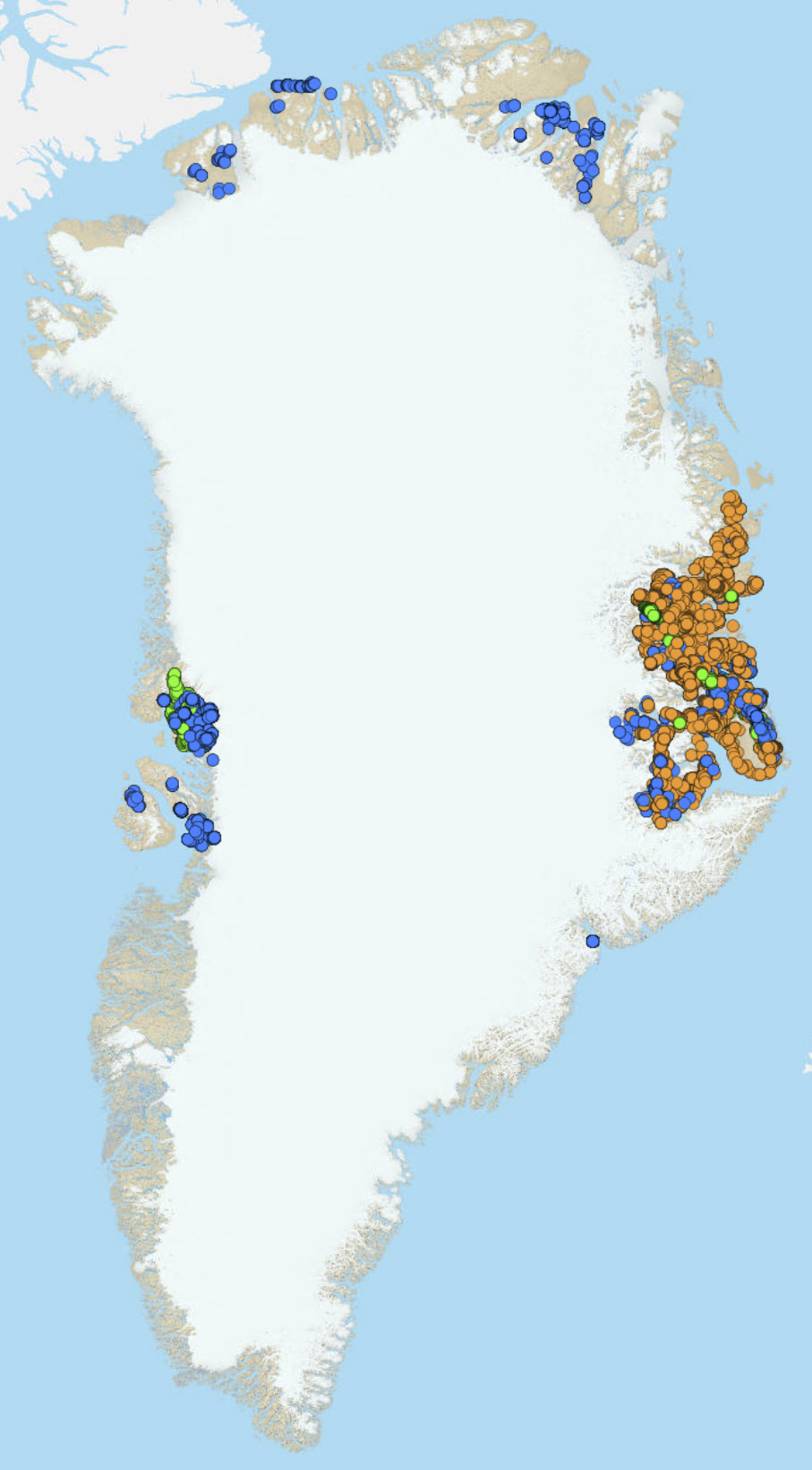
Exploration companies are obliged to report their activities to the Ministry of Minerals and Resources (MMR). Now reports are delivered in digital format, but were previously delivered in paper, to the Geological Survey of Denmark and Greenland (GEUS). They are scanned and released reports are available under Reports. Digital restoration The data that the reports hold is thus available, but stored as images in scanned pdf?s. The geochemical data of 4 reports (Allen & Harris, 1980; Coppard et al., 1992; Harris et al., 1992 and Pearson & Joudrie, 1995) have been digitized. I.e. the reports have be optically characterised and the sample locations georeferenced. The matching of the sample locations and geochemically referenced samples does not always match. Meaning that a sample that has coordinate may not have geochemical results, and a sample with geochemical measurements might not have coordinate. The reporting of the analytical facilities and precision is sparse. Detection limits, analytical uncertainty and reliability are generally not reported. Analytical methods and analysed grain fractions of sediment samples also not reported. When all these issues have been listed, it should be noted that errors may occur. From the digital restoration of scanned paper to optically characterisation of the scanned text and numbers errors may be introduced. The user is cautioned to these issues. Upload to data base To make the data available on the web, upload to GEUS sample data base is required. To fit into the sample data base, some adjustments had to be made. Sample names modified, collector created etc., resulting in modified sample names, relative to the ones used in the reports. The reports from which the samples occur in are not mentioned in the data base. Hence the four reports and links to them are listed below:
-
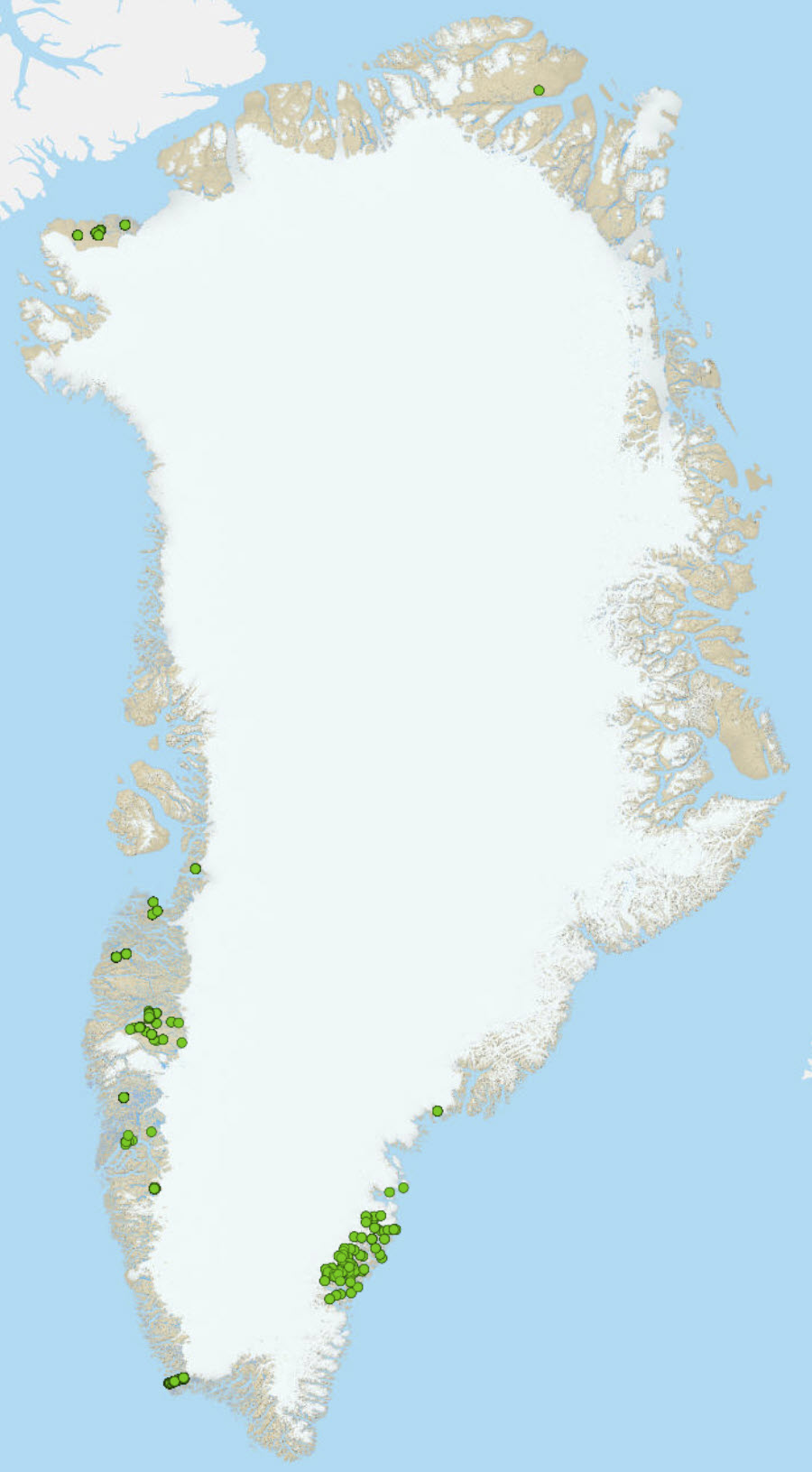
In the present database there are 1269 unique samples. Soil samples have been collected in areas without river beds. Preferably stream samples have been collected, but areas where temporarily no stream beds are present, soil samples have been collected as an alternative for geochemical mapping purpose. Five samples in this package are originally from the report Compilation of data sets for a geochemical Atlas (Steenfelt, 1999). These samples have been analysed by "UNKNOWN" methods at "UNKNOWN" laboratories. In fact these samples have been calibrated and corrected for analytical bias, see Steenfelt 1999, for further information.
-
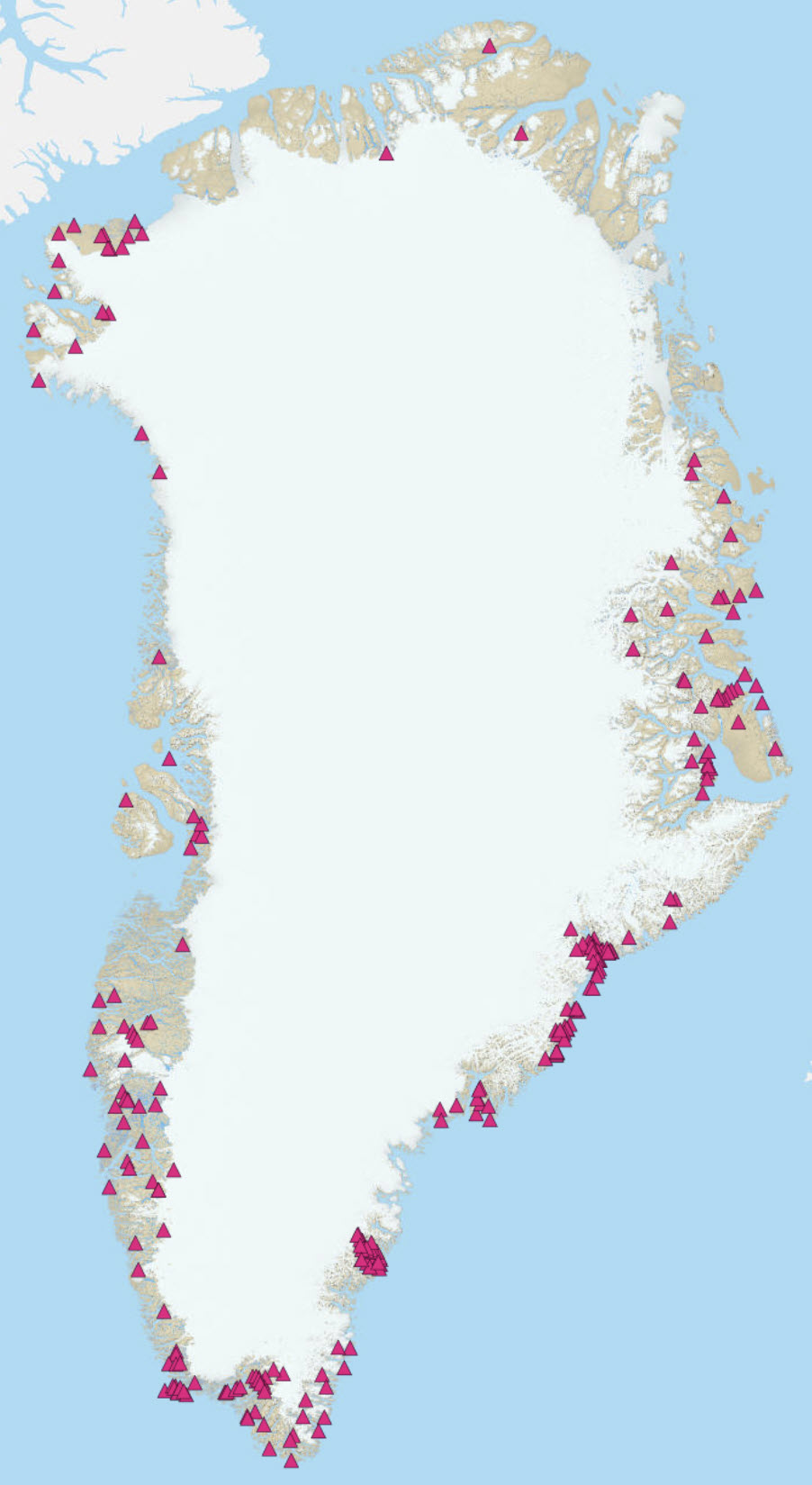
Intrusions and magmatic complexes are central, when it comes to an assessment of the economic geological potential of a region. There are many of these in Greenland, and only a few of them have been examined in detail for their economic potential. In Nielsen (2002), tertiary intrusions and complexes in East Greenland were described, and later on information on intrusions and magmatic complexes in all of Greenland, were modelled based on the same methodology. The information has been compiled by GEUS geologists.
-

Zircon age data as gathered from literature and GEUS samples
-
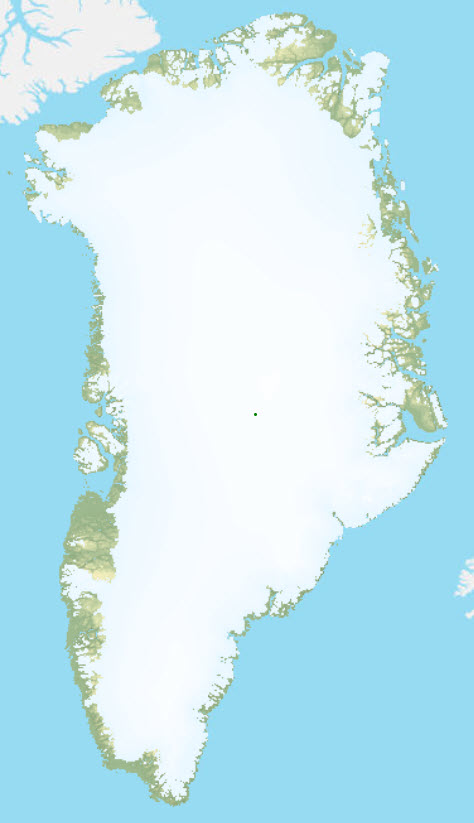
The digital terrain model of Greenland is constructed on the basis of GEUS's topographic data set from the official geological maps of Greenland in scale ratios 1:100 000 and 1:500 000. The data base is primarily supported by contour lines, coastlines and support points. The terrain model is assembled as a mosaic in sub-areas based on the map sheet frames from the geological map of Greenland in 1:500 000. The terrain model is made in the coordinate system WGS 1984 Complex UTM Zone 24N with the dimensions in a 100 x 100 m grid. Based on the digital terrain model, a shadow map of the terrain has been constructed.
-
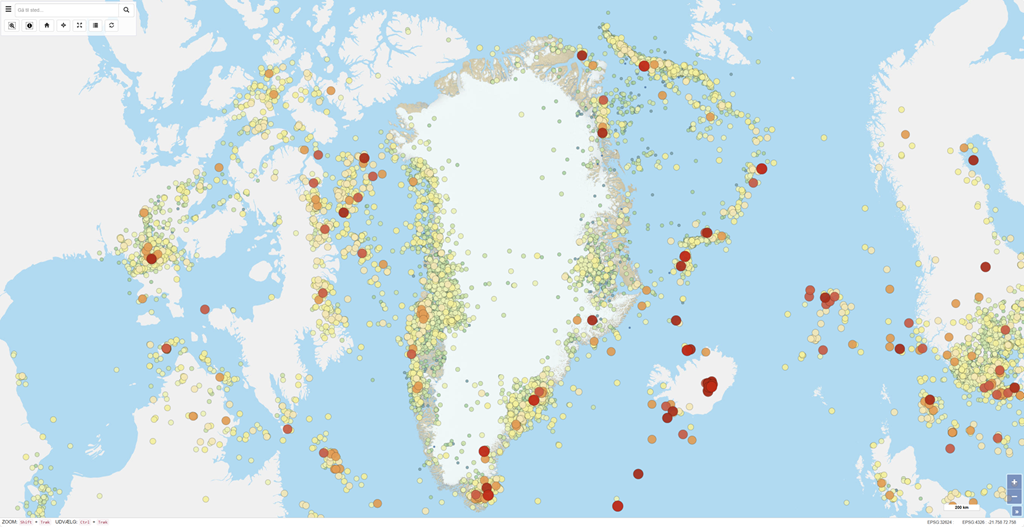
GEUS' Earthquake Portal provides information on all recorded earthquakes in Greenland. The data are extracted from GEUS' earthquake database and are updated daily. As a result, the timing, locations, and magnitudes of events may change as new data are added and existing events are revised. Continuous quality control is carried out, aiming to identify and remove explosions – typically related to military exercises or the removal of old munitions. Therefore, the list may change over time, and some uncertainty may be associated with the determination of epicentres and depths. The portal displays information for each earthquake, including the time of occurrence (year, month, day, hour, minute, second) in Greenwich Mean Time (GMT), the geographical location and depth of the epicentre, and the local magnitude measured on the Richter scale. Earthquake data can be exported from the portal according to the defined zoom level and map extent.
-
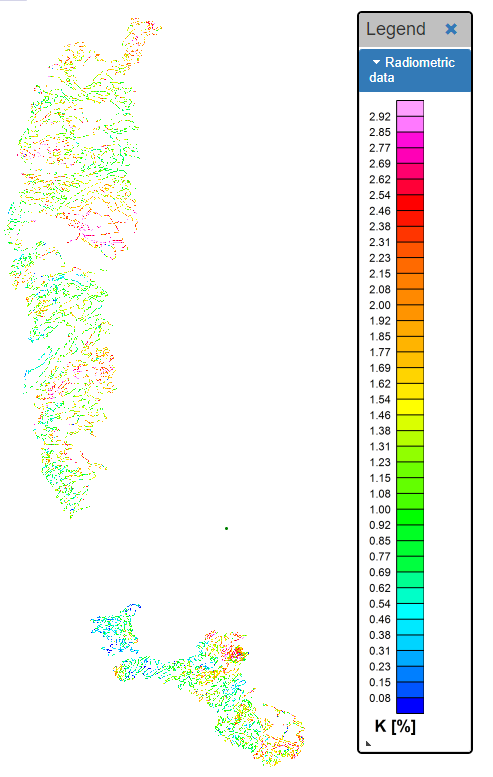
The regional-scale gamma spectrometry data are associated with two collaboration projects involving the Geological Survey of Greenland (GGU) and the Danish Atomic Energy Commission’s Research Establishment. The projects' objectives were to outline areas with an elevated uranium potential in two regions of Greenland: The airborne radiometric surveys in southern and central West Greenland in 1975/76 and the SYDURAN project in South Greenland in 1979-1982. To acquire the data, four-channel gamma ray spectrometers were mounted upon an aircraft (1975/76 surveys) and a helicopter (SYDURAN project). The vehicles flew along shoreline and valley contour lines at low average terrain clearances of 100 and 50 m respectively. The data were recorded without GPS systems, and so positioning was estimated when known landmarks were passed. This means that the dataset is sparse and inhomogeneous, and the spatial accuracy remains low. The gamma-spectrometer had been calibrated at a pad facility at Risø, which enabled the conversion of recorded counts per second into simulated concentrations of radioactive components in the surface of the overflown terrain. Large parts of the data (surveys from 1975/76) were originally stored on magnetic tapes and data were transferred to datafiles in 2003 to make them digital accessible. Most data were retrieved and are now available as ASCII files.
-
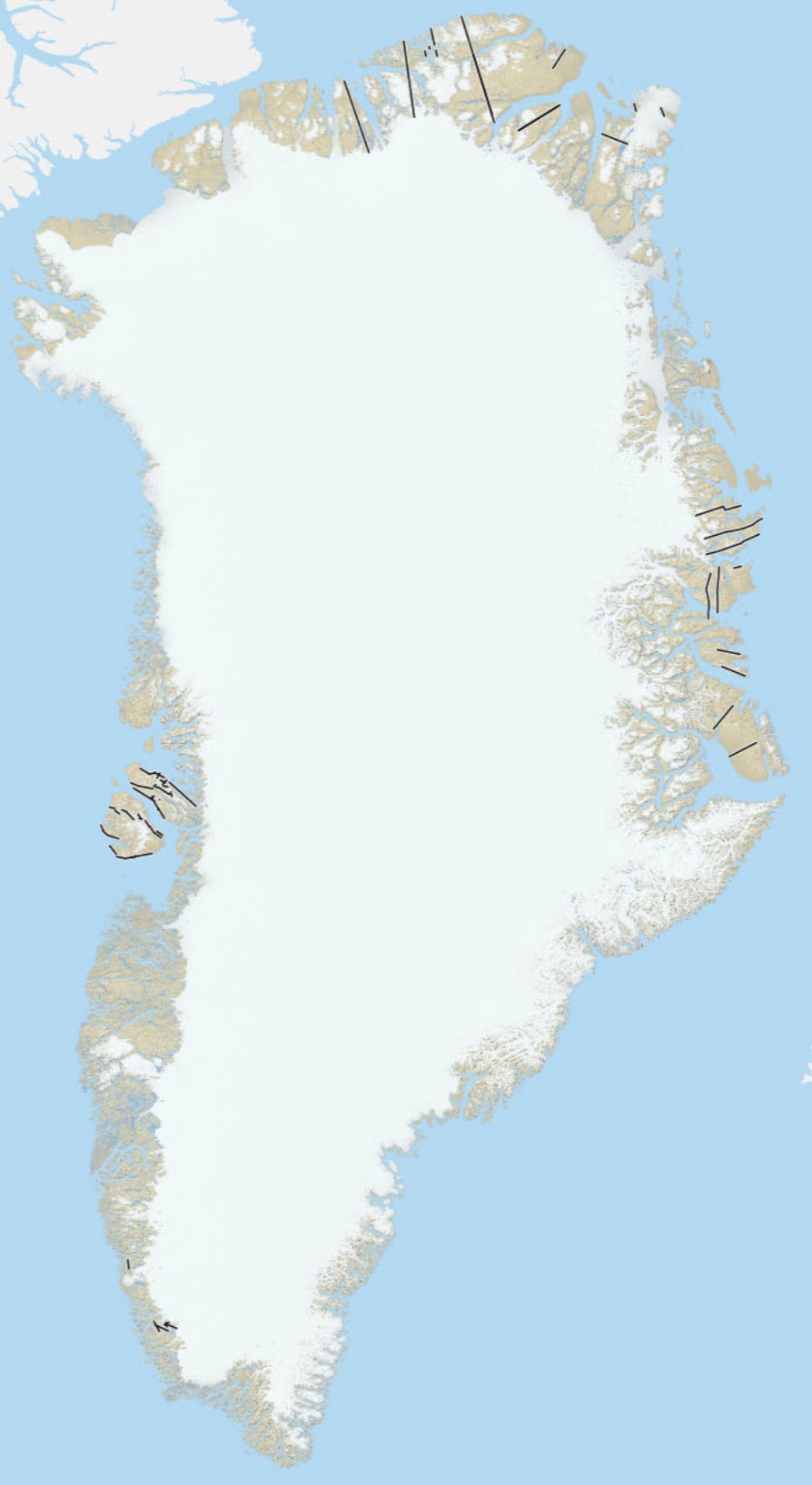
Cross sections and map profiles from different geological maps and publications.
-
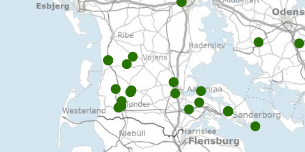
The Samba database among other things contains information about deep wells in the Danish sector, acquired according to the Danish Act on the Use of the Subsoil. That is: exploration, appraisal, delimitation and production wells related to oil/gas. Also wells with other purposes such as: geothermal energy, gas storage, salt production and scientific research. The data sets contains technical, administrative and geological information about the well and about the geophysical measurements undertaken in the well (well logs and reports). Data are submitted by the company to whom the permission has been granted. The database is updated on an ongoing basis.
-
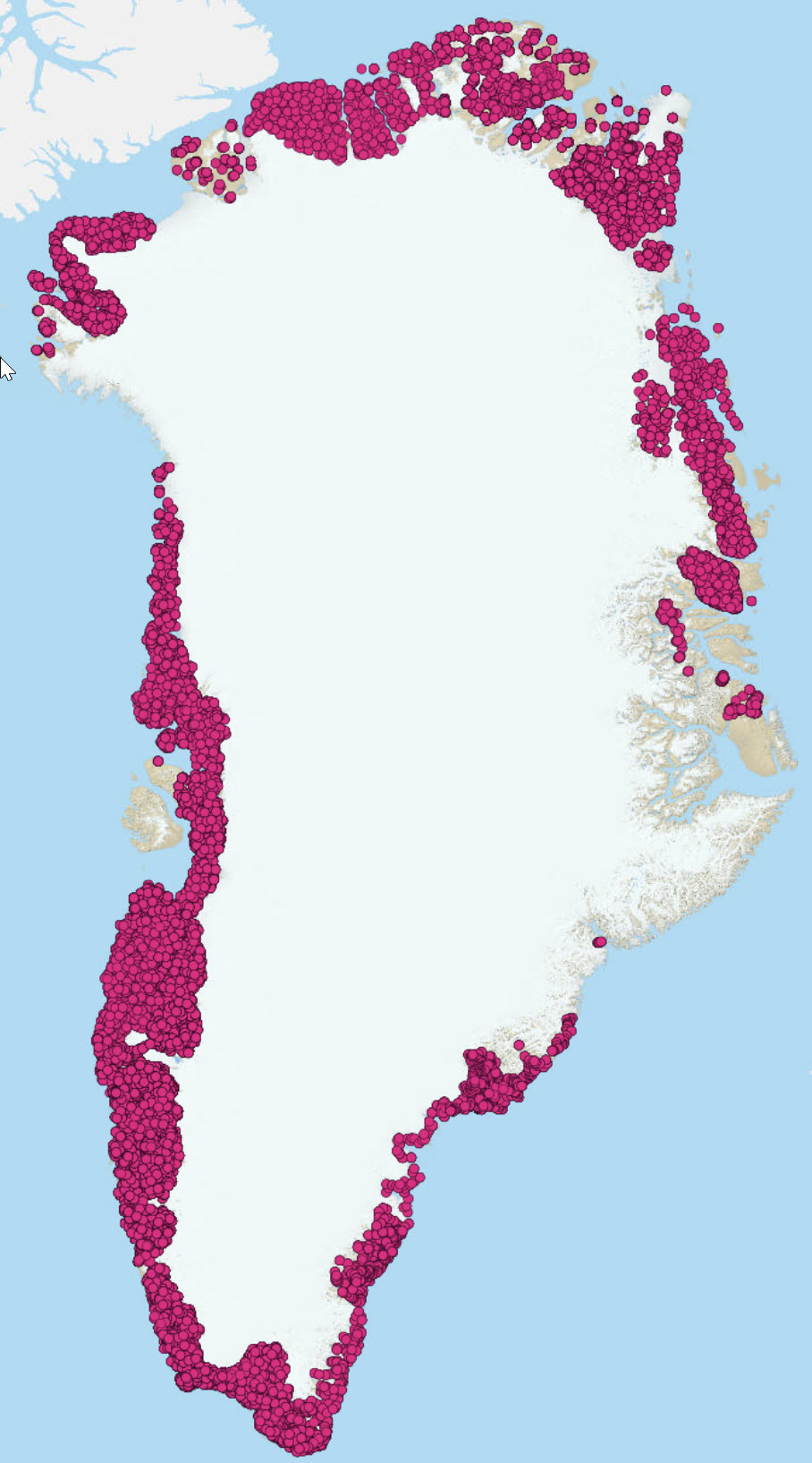
The Raw stream sediment samples dataset is data as they have been delivered from the laboratories, i.e. values below detection limit often spelled as negative but zero may also apply. The data are not controlled by a geologist. In addition, they may not have been reported.
 Geus Geonetworks metadata catalogue
Geus Geonetworks metadata catalogue